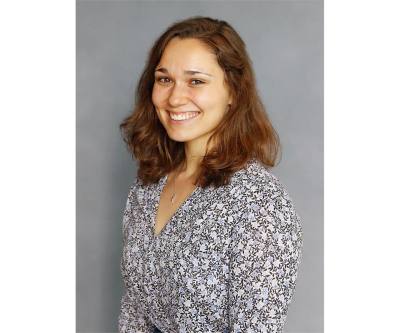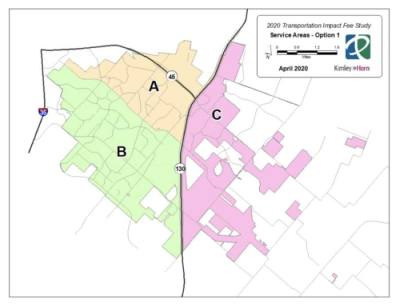Roadway impact fees are a means of funding public infrastructure improvements, such as roadways, that are needed as a result of new or expanded development. Impact fees are identified as funds collected in specific service areas to pay for roadway improvements in the same geographical area.
Service areas are limited to 6 miles, often interpreted as a 6-mile trip length. As the city continues to grow, service areas can be divided to adhere to the 6-mile limitation.
Common impact fees implemented by cities, including Pflugerville, include water, sewer and drainage impact fees. Whereas roadway impact fees are limited to a specific sector of the city, water, sewer and drainage are citywide and can be regional or can encompass the city's ETJ.
Land-use assumptions help establish infrastructure demands and hone in on growth projections for cities, as well as include both populations and employment projections.
Populations contributing to roadway impact fees include residential growth, defined by an increase in single-family or multifamily dwellings. Conversely, employment growth focuses on three key areas: basic growth, highlighting increased production of goods and services; service growth, as pertaining to personal and professional services; and retail growth, or an influx of retail sales of goods and services.
During a Sept. 22 presentation to council, Jake Gutekunst of Kimley-Horn said the city is projected to add nearly 12,000 residential units between 2020-2030. Comparatively, the city added 5,8011 new residential dwellings from 2015 to 2019.
There are just over 24,000 residential units within Pflugerville city limits, per city documents.
Alongside its Oct. 27 public hearing, the city will host a first ordinance reading for the impact fees Oct. 27. A second ordinance reading is planned for Nov. 10.






